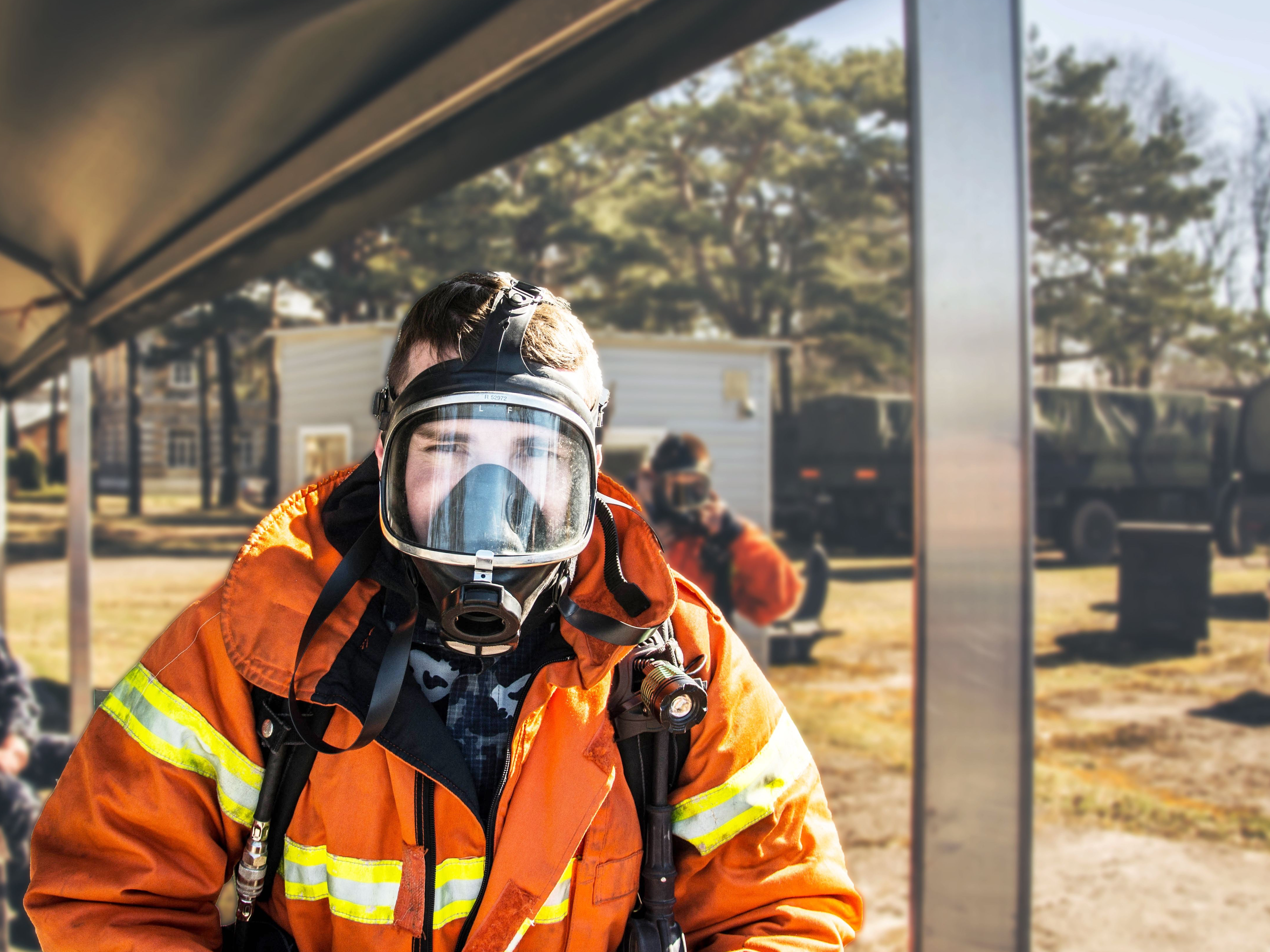First Sydney and then Canberra and Melbourne have experienced ongoing, heavy smoke conditions that have affected overall air quality and caused concern for public health. The smoke itself is made up of particles and gases – the larger particles are responsible for decreased visibility and the smaller particles and gases are the particulate matter 2.5 (PM2.5).
The smaller particles can be inhaled and can cause a range of health conditions, particularly if they are absorbed deep into the lungs or if they enter the bloodstream.
- Common Symptoms
Associate Professor Vicki Kotsirilos AM, a practising general practitioner with adjunct positions with La Trobe and Western Sydney Universities, explains that “both healthy and unhealthy people can be impacted by bush smoke.”
“The most common presentation even in healthy people includes irritation of the eyes, sinus problems, runny nose, sore or itchy throat and cough.
“I have also seen healthy people develop chest tightness, difficulty breathing, asthma and wheeze for the first time from exposure to the smoke.
“Children, the elderly (over 65 years of age), smokers, people with pre-existing heart and lung disease, and pregnant women are more at risk of harm from exposure to smoke.”
NSW Ambulance and hospital emergency departments have both recorded an increase in presentation of respiratory conditions during periods of poor air quality.
2. Secondary Effects of Exposure
Dr Kotsirilos explains that there is flow-on effects to ongoing exposure to bushfire smoke.
“When the air quality is poor, we should stay indoors to avoid inhalation of the smoke. Missing out on our usual exercise or routine can impact us psychologically. We may experience lowered moods or anxiety.”
There are also the obvious psychological impacts of those directly affected by the bushfires.
The larger particulate matters such as PM 10 is more “likely to cause upper respiratory health effects such as irritation of the nasal passages, runny nose, phlegm, sore or itchy throat, sinusitis and cough.
“When the finer particulate matters e.g. PM2.5 enter into the bloodstream, they can impact other organs in the body such as the heart causing aggravation of heart disease such as angina or precipitate a heart attack; cause headaches, inflammation, poor concentration, and aggravation of diabetes and kidney disease. For people with pre-existing cardiovascular disease, there is a higher chance of suffering a heart attack, stroke and even death (increase mortality).”
3. Long Term Effects
Dr Kotsirilos explained that the long-term and ongoing exposure to harmful particulate matter is yet to be fully understood. “It is likely we may observe other long–term effects that we are not aware of now.
“The longer the bushfires continue, the more likely harmful the effects are on the body,” she explained. “More research is required to better understand the long term ramifications of bushfire smoke.”
For a list of ways that people can protect themselves from bushfire smoke, the Australian College of Nutritional and Environmental Medicine has provided the following resources: how to protect yourself and and others from bushfire smoke.




